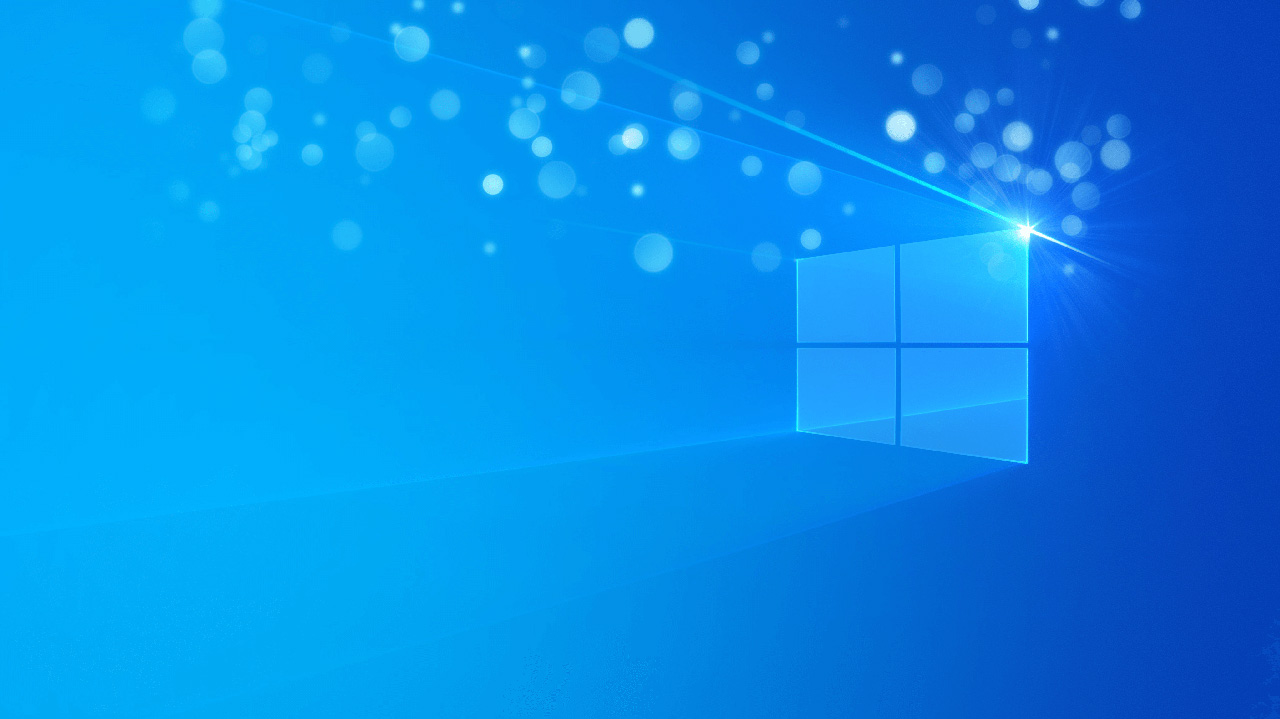Microsoft Begins Testing Windows Feature Experience Packs
- Paul Thurrott
- Dec 01, 2020
-
16

Because of the great success it’s had delivering two Windows 10 feature updates each year, Microsoft is testing a way to deliver even more new features.
OK, I’m kidding. But this new plan may actually address the very real and constant problems that Microsoft has had delivering even just one Windows 10 feature update each year: It is separating new features out into a recycled idea called Windows Experience Packs that can be delivered outside of the Windows 10 release cycle. (Many probably forget that Microsoft briefly offered Feature Packs in addition to Service Packs a couple of decades ago.)
Windows Intelligence In Your Inbox
Sign up for our new free newsletter to get three time-saving tips each Friday — and get free copies of Paul Thurrott's Windows 11 and Windows 10 Field Guides (normally $9.99) as a special welcome gift!
"*" indicates required fields
“We are testing a new process for delivering new feature improvements to our customers outside of major Windows 10 feature updates,” a Microsoft blog post explains. “Through the Windows Feature Experience Pack, we can improve certain features and experiences that are now developed independently of the OS.”
With this change, Microsoft will now have four major ways in which it delivers updates to your computer: There are feature updates, which are really major version upgrades. Quality updates, which are cumulative updates consisting of bug and security fixes. App updates through the Microsoft Store. And now Windows Experience Packs, which bring the updating advantages of Store-based apps to features that would normally be delivered as part of Windows 10.
Microsoft says that “only a limited number of features are being developed this way” right now, though that could change if this system is reliable and effective. And, as you should expect, Windows Feature Experience Pack updates will be released for the currently shipping version of Windows 10 when finalized and be delivered through Windows Update, just like feature and quality updates.
As interesting, the firm is testing the first Windows Feature Experience Pack in the Windows Insider Program’s Beta channel, which used to be called the Slow ring and used to be aimed at the next major release of Windows. But lots has changed this past year: The Dev channel (formerly Fast ring) no longer targets any specific Windows version, and with Microsoft apparently plotting yet another new Windows 10 release schedule next year, it looks like the Beta channel is changing too. And that rumors about there not being a major 21H1 release are most likely true.
Microsoft’s not admitting to any of that; the Windows team doesn’t know how to be transparent anymore. But it does not that the first prerelease Windows Feature Experience Pack provides two new features, an improvement to the Screen Snip experience and support for a split virtual keyboard when the PC is used in portrait mode. And that this Feature Experience Pack will specifically target Windows 10 version 20H2, of course.